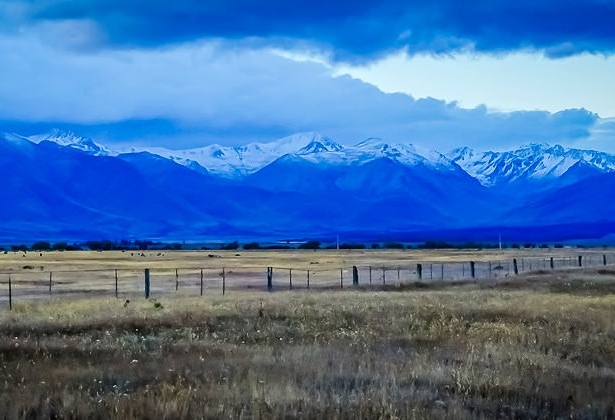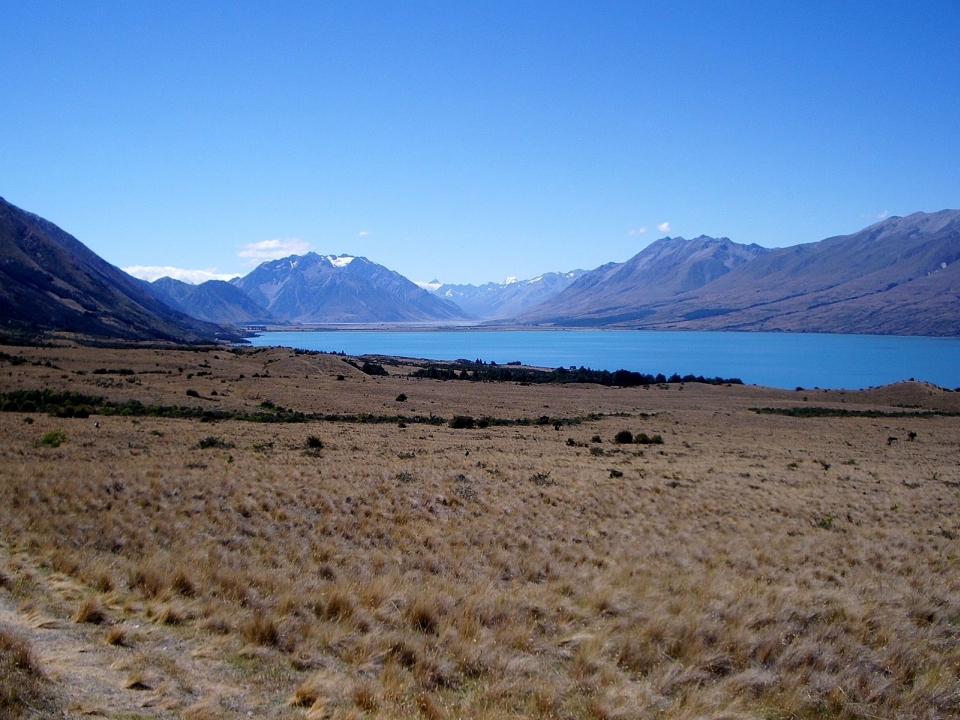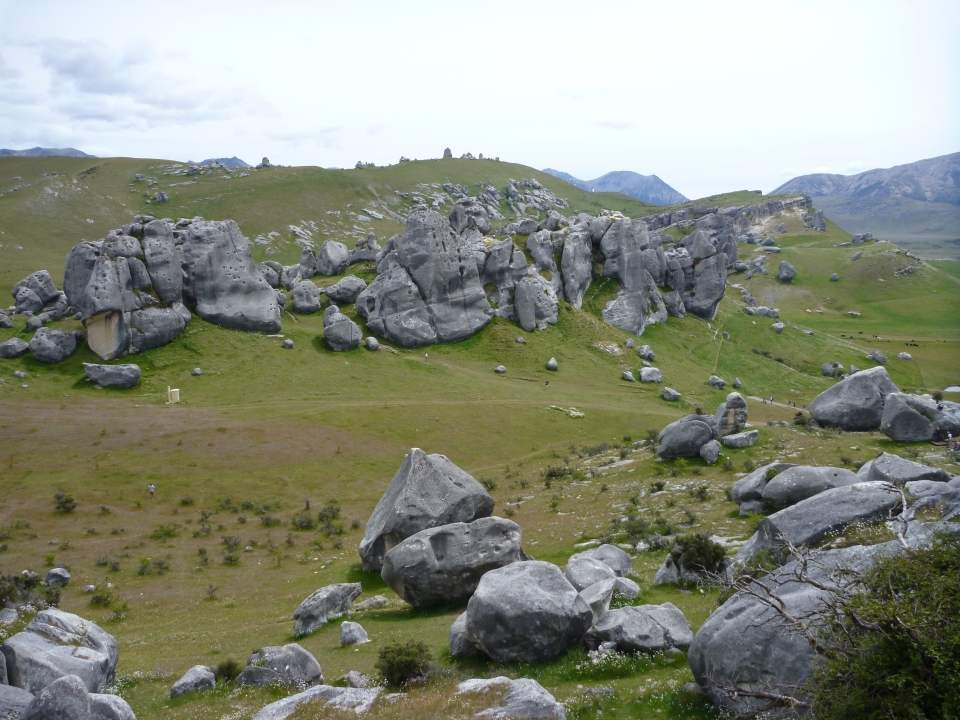You can contact LEARNZ, part of CORE Education, at:
Postal Address:
PO Box 13 678,
Christchurch 8141,
New Zealand
Tenure review a process where land can be bought back by the government for conservation or bought in full by the leaseholder.
In 1998 the Crown Pastoral Land Act was passed which gives farmers the option of having their land reviewed so their pastoral lease land can be divided into freehold farmland and conservation land.
Tenure review is a voluntary process.
The aim of this process is to:
Tenure review is managed by LINZ. (Land Information New Zealand).
Farmers do not have to go through this review process, they can continue to lease their land. Farmers who hold pastoral leases do not own the land they farm, they lease (rent) it from the government. These pastoral leases are for a period of 33 years. If farmers choose to have their leased land reviewed they negotiate with the government about how much land they can own and how much will become conservation land. The leaseholder and the government each pay for their share.
Do you think tenure review is a good idea? You could discuss this with your class.
New conservation land from tenure review has mostly been less productive higher mountain land. Tenure review has only recently started to protect lower areas of natural vegetation.
The government has made several purchases of all or part of some high country properties with the aim of protecting conservation and recreation values.
Government purchases of some properties have allowed conservation parks to be created such as;
Tenure review and the new parks have guaranteed open public walking access to many formerly inaccessible parts of the high country, created hundreds of kilometres of new walking and mountain bike trails, and preserved historic sites.
Land already freehold can be used for economic activity which is benefiting communities and the wider economy, for example viticulture and tourism. Some land continues to be used for farming.
Use of freehold land as a result of tenure review is still controlled by regional and district planning processes under the Resource Management Act.
A range of parties are consulted as proposals are developed, including;

,Tenure Review gives farmers who lease the land the chance to own some of their land in full and sell some so it can become conservation land. Image: Brett Jones.

,Tenure review identifies land suitable for farming and land needing to be conserved. Image: Public Domain.

Following tenure review Korowai-TorlesseTussockland Park was created ensuring public access to the popular Castle Hill area. Image: LEARNZ.
Visit the Land Information New Zealand website to find out more about tenure review.